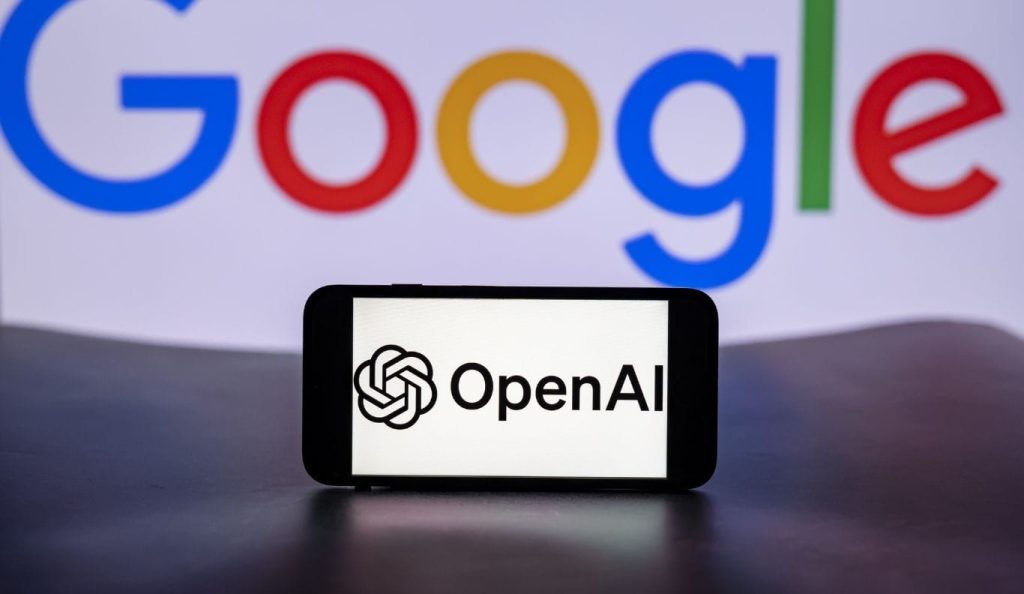OpenAI has officially listed Google Cloud as one of its computing partners, expanding its cloud infrastructure beyond its long-standing relationship with Microsoft.
This updated collaboration is part of OpenAI’s efforts to meet the increasing global demand for computational power, especially for operating large-scale AI models like ChatGPT.
According to OpenAI’s updated supplier list, the company now uses services from Google, Microsoft, CoreWeave, and Oracle, embracing a multi-cloud strategy to enhance scalability, performance, and geographical reach.
The inclusion of Google marks a major evolution in OpenAI’s cloud partnerships. Until January, Microsoft Azure had served as OpenAI’s exclusive cloud provider. However, growing computing needs and shifting dynamics have led to diversification. Microsoft itself now considers OpenAI a “competitor” in the cloud space, underlining the changing nature of their relationship.
The partnership with Google, finalized in May after extensive discussions, was delayed due to OpenAI’s earlier lock-in with Microsoft, according to the sources. But now, with that exclusivity lifted, OpenAI is tapping into multiple vendors to avoid over-reliance on any single provider.
Google’s Win in a Competitive Cloud Market
For Google Cloud, the deal represents a meaningful gain. As a newer and smaller player compared to Amazon Web Services (AWS) and Microsoft Azure, Google’s involvement with a high-profile AI company like OpenAI could help boost its market position.
“This is a significant win for Google’s cloud business,” industry observers note, as OpenAI’s workload is one of the most demanding in the tech world. The collaboration spans across critical markets including the United States, Japan, the Netherlands, Norway, and the United Kingdom.
Infrastructure Race Driven by AI
OpenAI’s need for diverse cloud resources highlights how AI advancements are reshaping the infrastructure landscape. The “massive computing demands to train and deploy AI models” have become a key factor influencing cloud strategy, pushing AI leaders to pursue multiple partnerships.
Earlier this year, OpenAI also joined forces with SoftBank and Oracle for the $500 billion Stargate infrastructure project and secured multi-billion-dollar agreements with CoreWeave to further enhance its computing power.
These developments reflect a broader industry trend: multi-cloud architecture is increasingly favored for its flexibility, redundancy, and cost efficiency. In OpenAI’s case, this strategy ensures that services like ChatGPT remain robust and globally accessible.
As generative AI continues to expand, the need for massive and agile infrastructure will likely intensify. OpenAI’s shift to a multi-cloud model, with Google Cloud now on board, illustrates a growing push for resource diversity in an era when reliance on a single provider is no longer viable.
In conclusion, OpenAI’s evolving list of partners not only signals its rising computing needs but also accelerates the momentum for cloud innovation. The move opens new opportunities for vendors like Google while reshaping how cloud services support the future of artificial intelligence.

